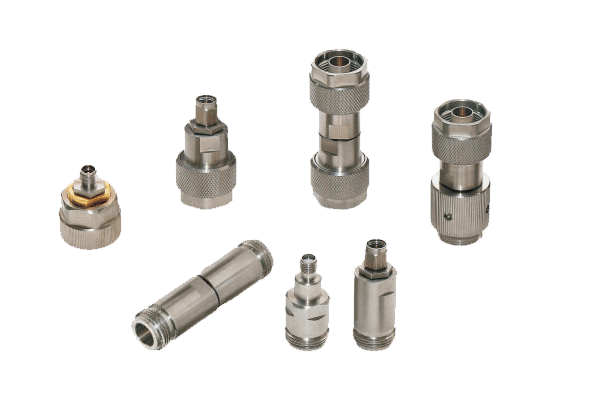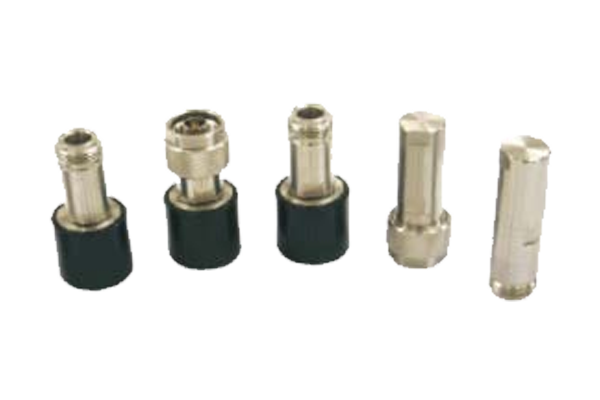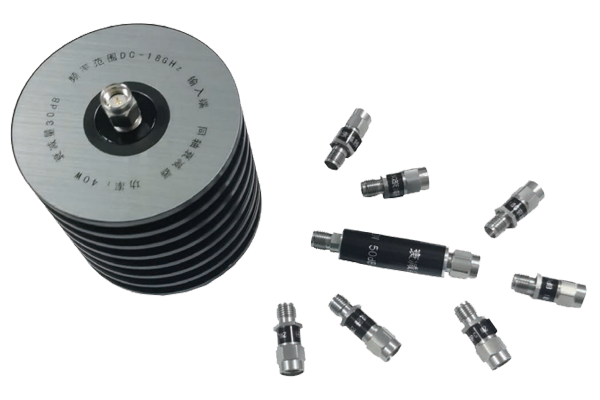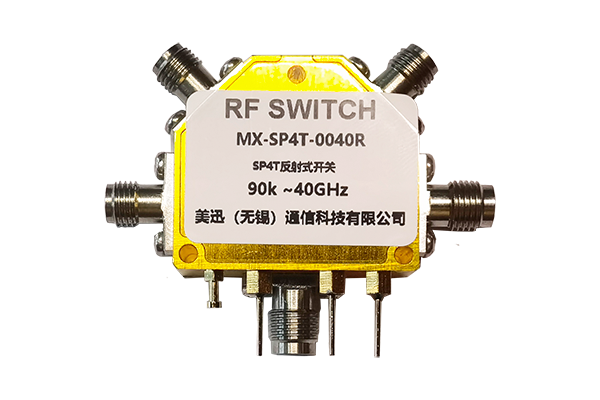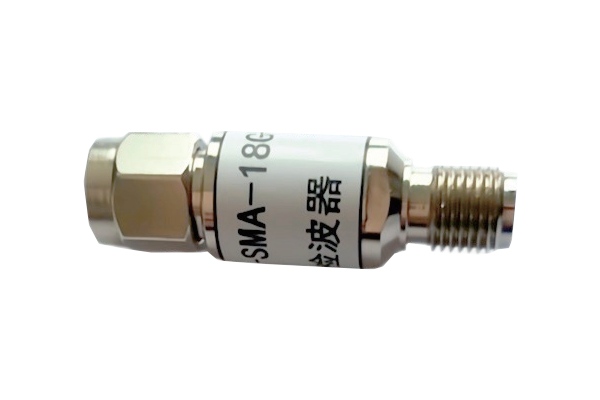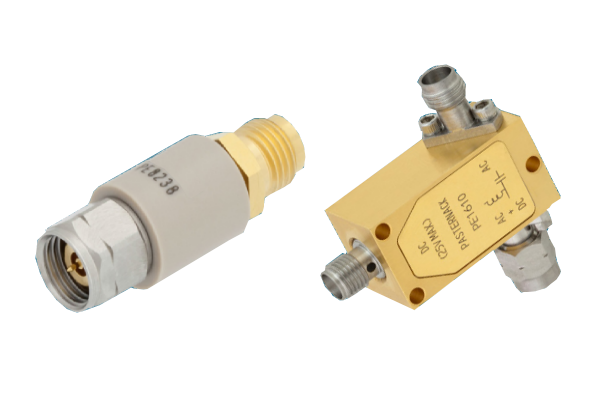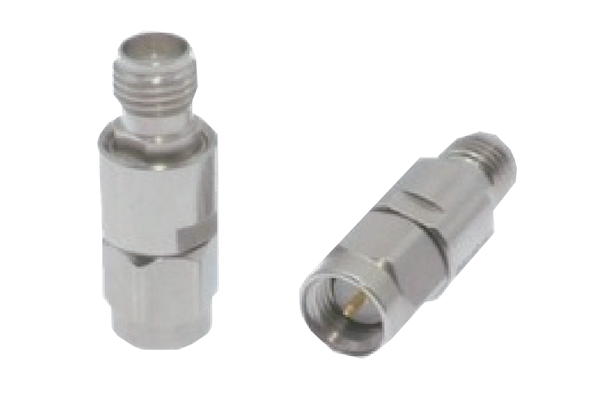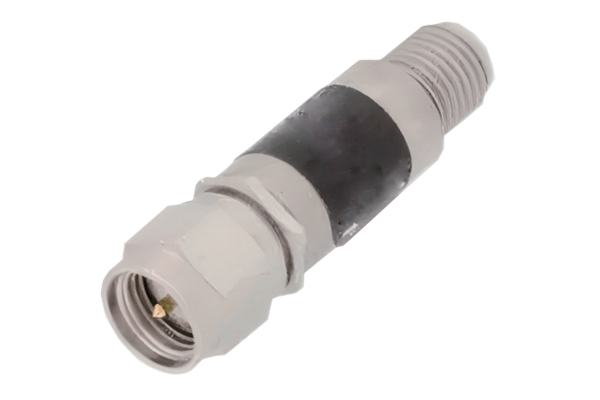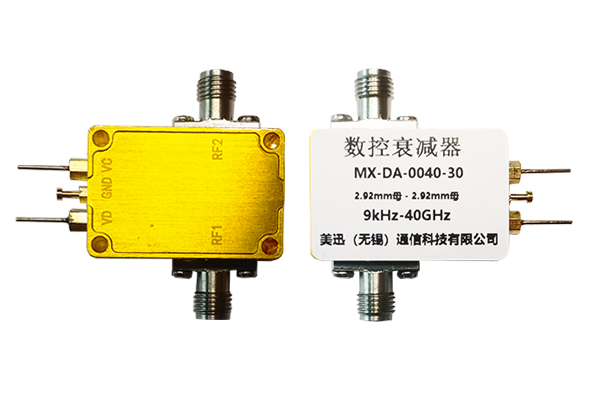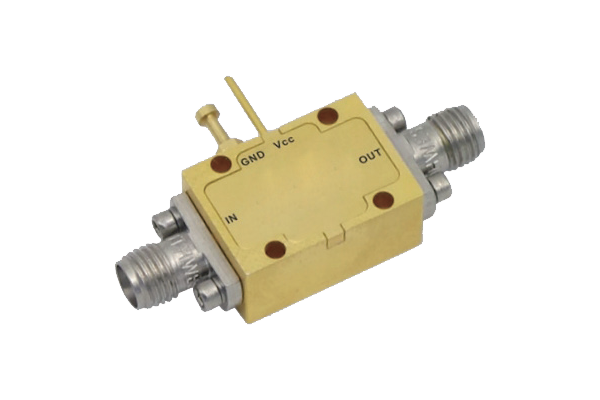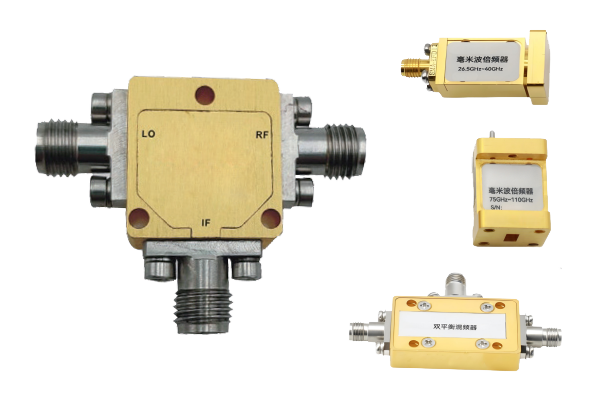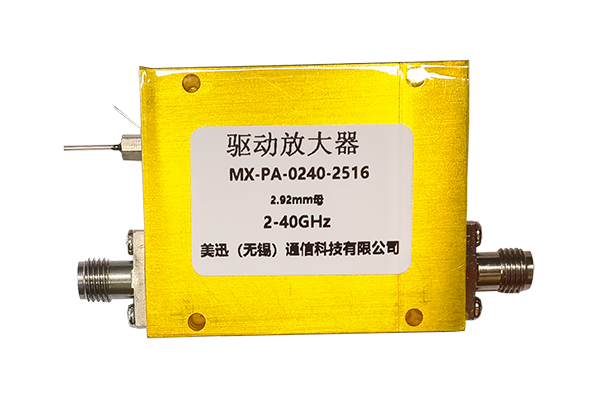How RF Low-Noise Amplifiers Amplify Weak Signals
RF Low Noise Amplifier Principles
Key Technical Processes for Efficient Signal Processing
-
Input Impedance Matching
RF low-noise amplifiers first utilize precise input impedance matching to ensure that the amplifier's input impedance matches the front-end signal source impedance. This matching minimizes reflection loss during signal transmission, ensuring that weak RF signals can pass smoothly from the antenna or signal source into the amplifier, avoiding signal attenuation caused by impedance mismatch and laying the foundation for subsequent amplification.
-
Low-Noise Core Module
The low-noise core module within the amplifier is typically constructed using low-noise transistors or dedicated integrated circuits. Its core function is to amplify the desired signal while minimizing its own noise. This noise can come from thermal noise and shot noise of electronic components. By optimizing the circuit structure and component selection, the low-noise module reduces the impact of noise on weak desired signals, ensuring that the desired signal maintains its clear signal characteristics before amplification.
-
Multi-stage Gain Circuits
After low-noise processing, the signal enters a multi-stage gain circuit. Each stage provides appropriate amplification, and the subsequent stage further increases the signal amplitude based on the amplification of the previous stage. This gradual amplification approach not only avoids signal distortion caused by excessive amplification in a single stage, but also, through multi-stage accumulation, transforms weak signals into stronger signals that meet the requirements of subsequent circuits. Simultaneously, each stage of the circuitry works together to maintain the linear characteristics of the signal, ensuring undistorted waveforms.
-
Output Matching and Filtering
The amplified signal undergoes output impedance matching and filtering before being output to subsequent circuits. Output impedance matching ensures efficient transmission of the amplified signal to the load, preventing signal loss or reflections during the output stage. The filtering circuit removes noise and interference that may be introduced during the amplification process, ultimately outputting an RF signal with stable amplitude, complete waveform, and minimal interference, meeting the signal quality requirements of communication, detection, and other systems.








